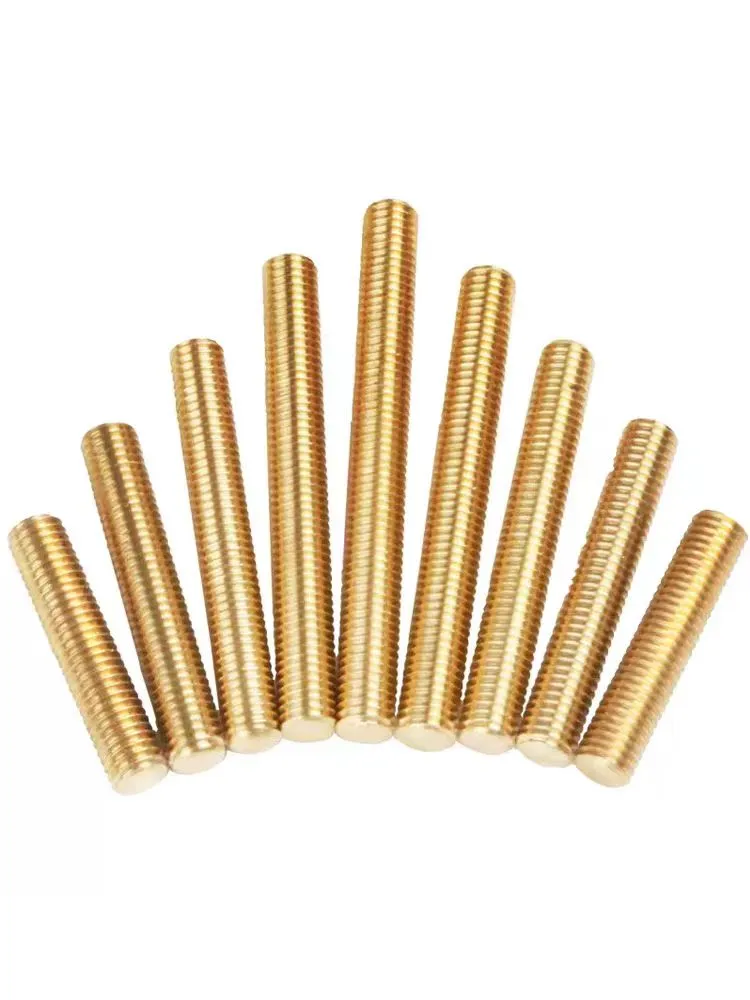

Exploring the Benefits and Applications of Welded Studs in Construction and Engineering
Dec . 17, 2024 01:21 Back to list
Exploring the Benefits and Applications of Welded Studs in Construction and Engineering
Understanding Weld Studs An Essential Guide
Weld studs are integral components in the construction and manufacturing industries, providing a robust means of joining materials together. These cylindrical metal pieces are designed for attachment to base materials, and their applications range widely from automotive manufacturing to heavy machinery. Understanding weld studs, their types, applications, and advantages is crucial for professionals in various fields.
What are Weld Studs?
Weld studs are metal fasteners that are typically used to create a strong and permanent bond between two surfaces. They are generally manufactured from materials such as carbon steel, stainless steel, or aluminum, depending on the intended application and environmental conditions. The distinctive feature of weld studs is their ability to be welded directly onto a substrate, which eliminates the need for through-holes or additional fasteners.
Types of Weld Studs
Weld studs come in several varieties, each tailored for specific applications
1. Plain Weld Studs These studs have a smooth shaft and are most commonly used in applications requiring a simple attachment.
2. Threaded Weld Studs Featuring threads on the end, these studs are ideal for applications where additional fastening through a nut or another component is required.
3. Insulation Pins These specialized studs are used primarily in HVAC applications to secure insulation materials.
4. Shear Connectors Commonly used in steel construction, these studs provide shear strength and enhance the load-bearing capacity of composite beams.
5. Electrical Connectors Designed with an electrical function, these studs allow for electrical connections in various equipment and vehicles.
Applications of Weld Studs
Weld studs are utilized in numerous industries, reflecting their versatility and strength
weld studs

- Automotive Industry In vehicle assembly, weld studs are often used to attach components such as frames, brackets, and panels. - Construction Weld studs are a vital component in structural frameworks, particularly in steel and concrete structures, where they help distribute loads and reinforce strength.
- HVAC Systems In heating, ventilation, and air conditioning systems, insulation pins made of weld studs ensure that insulation materials remain securely attached.
- Electrical Equipment They are commonly found in transformers and electronic devices as reliable electrical connectors.
Advantages of Using Weld Studs
The use of weld studs presents several significant advantages
1. Strength and Durability Weld studs create permanent bonds that can withstand high levels of stress and environmental conditions, making them suitable for critical applications.
2. Time Efficiency The installation process is quick and straightforward—welding a stud is often faster than traditional mechanical fastening methods.
3. Cost-Effective By reducing the need for separate fasteners and minimizing assembly time, weld studs can lower overall production costs.
4. Design Flexibility Weld studs allow for more versatile design configurations, as they can be strategically placed without the need for additional hardware.
5. Reduced Weight The elimination of nuts, bolts, and washers can contribute to a lighter overall assembly, which is especially important in automotive and aerospace applications.
Conclusion
In summary, weld studs represent an indispensable tool for industries that demand strong, lasting bonds in their assemblies. By understanding the types, applications, and benefits of weld studs, professionals can make informed decisions to enhance the quality and efficiency of their projects. As technology advances, the usage and design of weld studs will likely evolve, continuing to play a pivotal role in engineering and manufacturing processes.
Latest news
-
Hot Dip Galvanized Bolts-Hebei Longze|Corrosion Resistance&High Strength
NewsJul.30,2025
-
High-Strength Hot-Dip Galvanized Bolts-Hebei Longze|Corrosion Resistance&High Strength
NewsJul.30,2025
-
Hot Dip Galvanized Bolts-Hebei Longze|Corrosion Resistance&High Strength
NewsJul.30,2025
-
Hot Dip Galvanized Bolts - Hebei Longze | Corrosion Resistance, High Strength
NewsJul.30,2025
-
High-Strength Hot Dip Galvanized Bolts-Hebei Longze|Corrosion Resistance, Grade 8.8
NewsJul.30,2025
-
Hot Dip Galvanized Bolts-Hebei Longze|Corrosion Resistance,High Strength
NewsJul.29,2025

